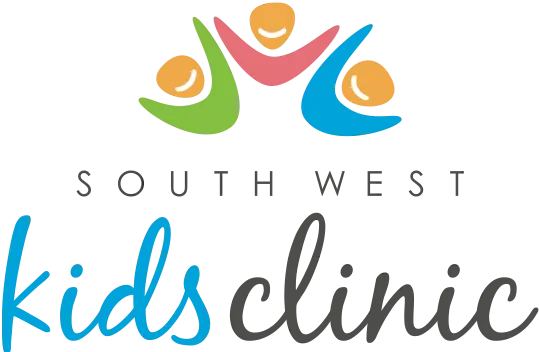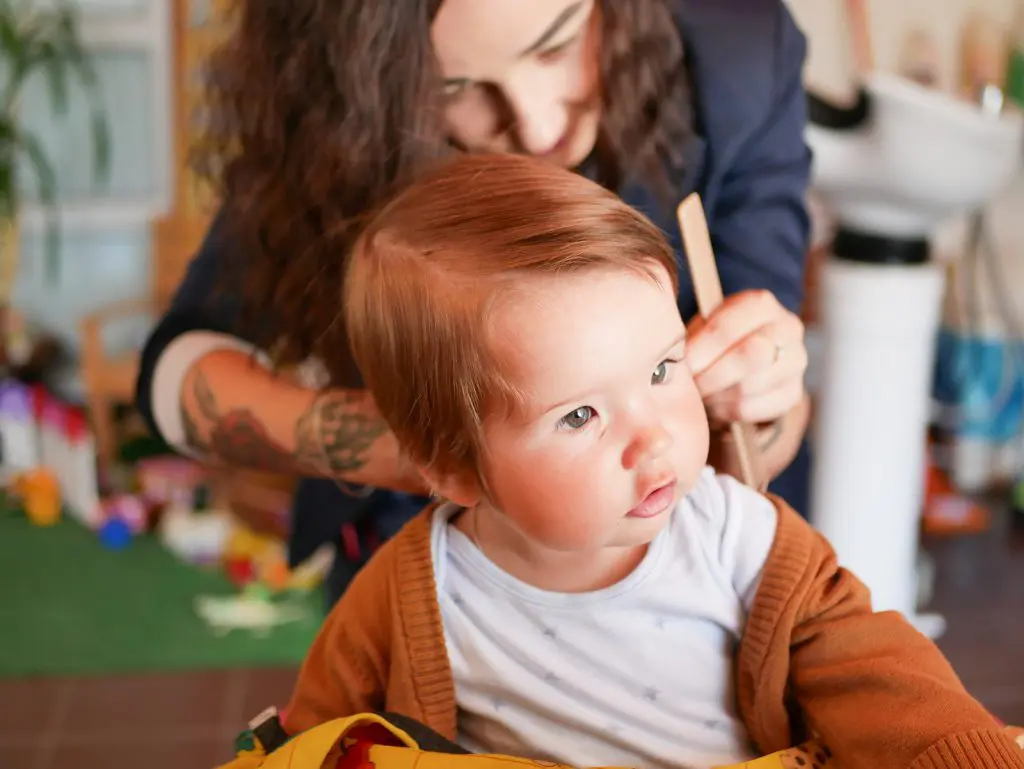Picture this: Your child needs a haircut, however the thought of taking them into the barbers or salon makes you feel sick. You know that a haircut means meltdown for your child and you don’t know how you will manage the tears, screaming, kicking and avoidance tactics. This could possibly result in your child leaving the hairdresser with only half a haircut or you making a do-it-yourself attempt at cutting your child’s hair.
Firstly: It is important to note that a child with sensory processing difficulties can be extremely sensitive to sound, touch and smells. A haircut includes a range of sounds and touch sensations which your child may be painfully sensitive to including the noise hair clippers make, vibration from clippers, noise of scissors, sensation of cutting hair, feeling loose hairs on their body, seeing hair fall onto their clothes, the feeling and sounds of the hairdryer, the smell of shampoo and conditioner or other hair products nearby … and the list goes on.
Some children have a “fight or flight” response to these types of sensation. This is called “sensory defensiveness” and should be further discussed with your Occupational Therapist if you are concerned about this. Sensory integration therapy may help to desensitize a child or assist the child to better process sensations they are exposed to.
Secondly: There are some try-it-yourself tips below that may be just what you are looking for and the key to a happy haircut.
- Observe your child during haircuts and even take notes. Try to work out if there is anything he/she particularly dislikes or cannot tolerate? Are there parts of a haircut that your child doesn’t mind and is able to tolerate without too much distress. You can use these notes to try to reduce or eliminate the specific parts of the haircut that he/she doesn’t like.
- Schedule a haircut for a time when your child is most calm and organized. Avoid times when your child may feel overwhelmed or be overloaded with sensory input, such as after shopping, after school, when tired or unwell.
- Slowly introduce your child to the haircut experience. First take your child to the salon and look through the window. Then take your child and introduce him/her to the hairdresser. Next take your child and sit him/her in the chair. You can have the hairdresser show your child the equipment they will use. Next time take your child to the hairdresser and work through the haircut.
- Use a social story about getting a haircut. This can be used to explain to your child exactly what will happen during the haircut and can be read each time before your child goes for a haircut. There are lots of commercially available books out there (e.g. Going to the Hairdresser – Avril Webster). You could also make your own story specific to your child using photos you take yourself.
- Develop a routine for haircuts. Consider whether your child needs a haircut once a week, once a fortnight, once a month or once every few months and try to schedule them for the same day and time with the same hairdresser where possible.
- For a child who is sensitive to the sound of the clippers or the clicking of the scissors, try using ear plugs or an iPod with your child’s favourite calming music/song.
- Wash your child’s hair at home prior to going to the hairdresser. Cutting clean, dry hair with clippers is much easier and will be faster. Washing the hair at home also eliminates an element of the hairdresser visit that a child may feel anxious about.
- Keep their hairstyles simple and consistent. Elaborate styles in the hair will take longer to cut and your child may not manage well with the change.
- Place a hand towel at the child’s forehead to avoid the loose hairs falling onto your child’s face. Perhaps roll it up so that he/she can still see what is happening in the mirror.
- Choose a small toy or food that motivates your child to use as a reward. Make sure it is something that your child enjoys.
Haircuts at home
- If you plan on hair cutting at home, make sure you buy a good quality haircut kit. Look for clippers with blade guards to avoid cutting the hair too short.
- Use unscented kids shampoo and conditioner if your child is sensitive to smells.
- Use deep pressure touch when you are washing your child’s hair. You could also try washing your child’s hair using shampoo on a washcloth, and rinse using clean water on a washcloth.
- At home, allow your child to help you prepare for haircuts. Prompt your child to get the towel or cape, comb/brush, clipper kit. Teach your child how to set up and pack away. Then let your child pass items to you that you need to involve them in the process and give warning of what will happen next.
- Play hairdressers with you child. Use old shampoo bottles, cape, comb, hairdryer, spray bottle and old hairspray bottle. This may help your child learn to generalize the experience. Act out and give similar directions to those given at the hairdresser, such as “turn your head to the side” or “look down” so that these have been practiced and may be better understood when at the hairdresser.
Tips for the hairdresser
- Try to keep the hairdresser who greets, seats and cuts the child’s hair consistent each time you visit.
- Be sure the child has a cape or towel draped over him to prevent lose hairs from falling on him/her.
- Try to cut the hair as fast as you can without rushing. Avoid stopping the cut to talk to others on the phone or in person.
- Reassure the child during the haircut. Explain each step using clear, simple language in a calm and steady voice.
- Provide praise, such as “good job keeping your head still”.
- Once the haircut is done, help the child to admire themselves in the mirror. Use positive phrases such as “Wow! You look handsome!”. Then present the child with their reward.


